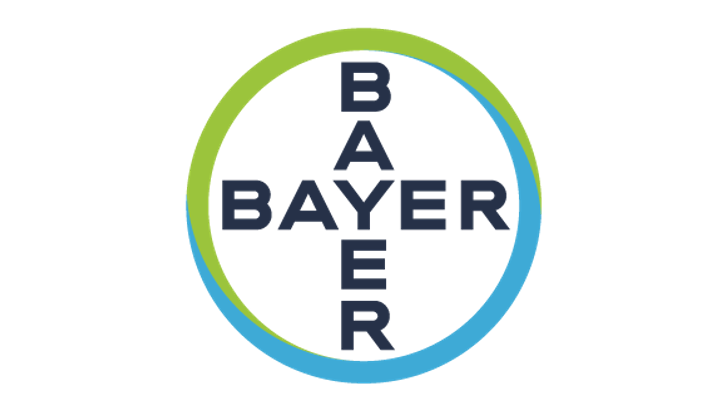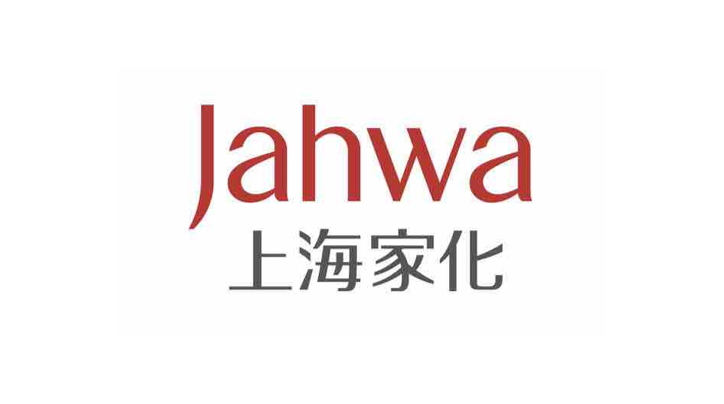Utilizing RFID technology,
Achieve full lifecycle asset management
LINKWIN Case Sharing
1
Enterprise Overview
Headquartered in the United States, this company is a highly esteemed organization listed on the Fortune 500 ranking. As one of the giants in the global daily consumer goods industry, its main products include shampoo, hair care, skin care, fabric and household care, baby and family care, health care, food and beverages, among others.
2
Challenges and Project Needs
Global daily consumer goods companies encounter a series of complex issues in asset lifecycle management, ranging from logistics, warehousing, security management, to final disposal or scrapping. The following are the challenges and project needs faced by this particular enterprise:
This global enterprise faces challenges such as a large number of SKUs (stock keeping units) when managing its assets. RFID technology can assist in achieving full lifecycle asset management, enabling real-time tracking of asset locations, which helps improve visibility and controllability throughout the entire value chain.

RFID Tags, Readers, RFID Gates, and Handheld Scanners
By utilizing RFID technology to automatically and efficiently collect asset-related data, the enterprise can reduce errors and costs associated with manual operations, improving data accuracy and reliability. Additionally, it ensures the security of assets and data.
We aim to promote the growth of business profitability, enhance the flexibility of production plans, flexibly respond to changes in market demand, shorten inventory cycles, prevent resource waste, and improve asset turnover through efficient and intelligent warehouse management.
By installing RFID tags in key locations and RFID readers on forklifts, we hope to achieve real-time monitoring and early warning for forklifts, thus avoiding collision accidents, enhancing the safety within factories and warehouses, and protecting the safety of employees and assets.
3
LINKWIN RFID Technology Realizing Asset Lifecycle Management Solutions
Through RFID (Radio Frequency Identification) technology, enterprises can achieve precise and efficient management of the entire lifecycle of assets.
Associating Asset Information with RFID Tags
After purchasing assets, their identities are bound to RFID tags, and information such as barcode numbers, names, types, production dates, prices, etc., is written into the RFID tags for lifecycle management. This ensures that effective data can be quickly tracked and queried during the subsequent stages of the asset lifecycle.
RFID technology has the advantages of long recognition distance, strong multi-tag recognition ability, fast data collection, and resistance to damage.
Precisely Tracking the Lifecycle of Asset Through RFID Tags
Using RFID tags, production information can be promptly grasped, and for each type of asset, information such as total quantity, location, and asset status can be understood in real-time. When assets are issued, borrowed, transferred, repaired, etc., corresponding operation records will be generated, making assets traceable.
Optimizing the Digitalization and Intelligence of Warehousing and Logistics
RFID tags are attached to pallets and goods for rapid inventory, which can increase the speed several times compared to manual inventory. This facilitates inbound and outbound statistics, cargo positioning management, inventory counting, etc.
Automated warehouse management is achieved, and real-time information on inventory quantity, location, etc., can be obtained, avoiding inventory backlog and stock-out situations.
In the logistics process, the location and status of products can be tracked through RFID technology.
4
Project application effects
Improving inventory efficiency and accuracy
Using handheld RFID readers and writers, assets can be quickly and accurately identified, thereby improving the efficiency of asset inventory, reducing the cumbersome process of manually verifying asset information one by one, and decreasing the error rate.
Real-time Tracking and Monitoring
By attaching RFID tags to products, the location and usage of assets can be tracked in real-time, helping enterprises grasp dynamic information about products, including inventory status, movement paths, etc., thereby optimizing resource allocation and inventory management.
Optimizing Inventory Management
RFID technology accurately records inventory information for each product, including quantity, location, etc., enabling real-time updates and precise management of inventory. This reduces inventory backlog and out-of-stock situations, improving inventory turnover rates.
Reducing Asset Management Costs
By reducing manual intervention and error rates, RFID technology can lower the costs of asset management.
Mining Data to Enhance Decision-making Efficiency
Mining Data to Enhance Decision-making Efficiency
By analyzing and mining the large amount of asset management data collected through RFID technology, enterprises can gain a more accurate understanding of market demands, sales situations, and customer needs, providing a basis for adjusting market strategies.

















